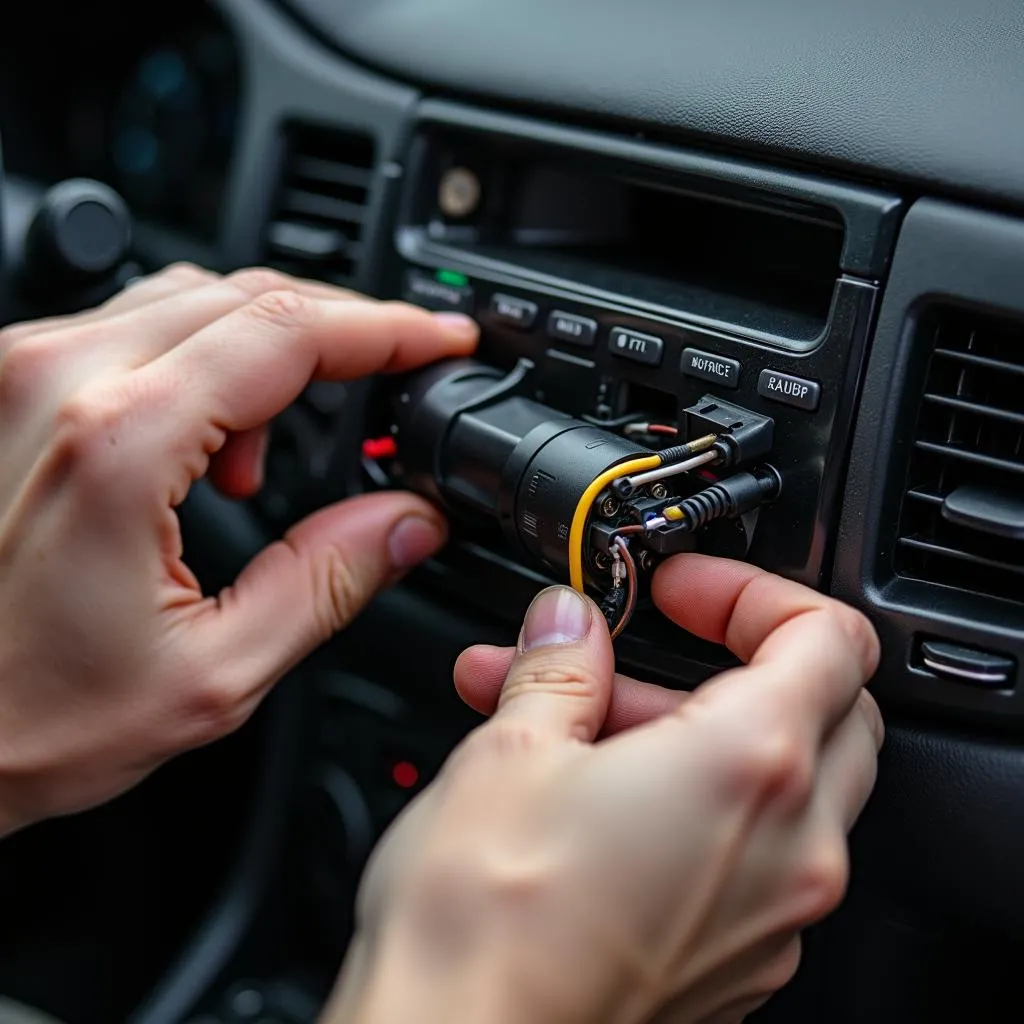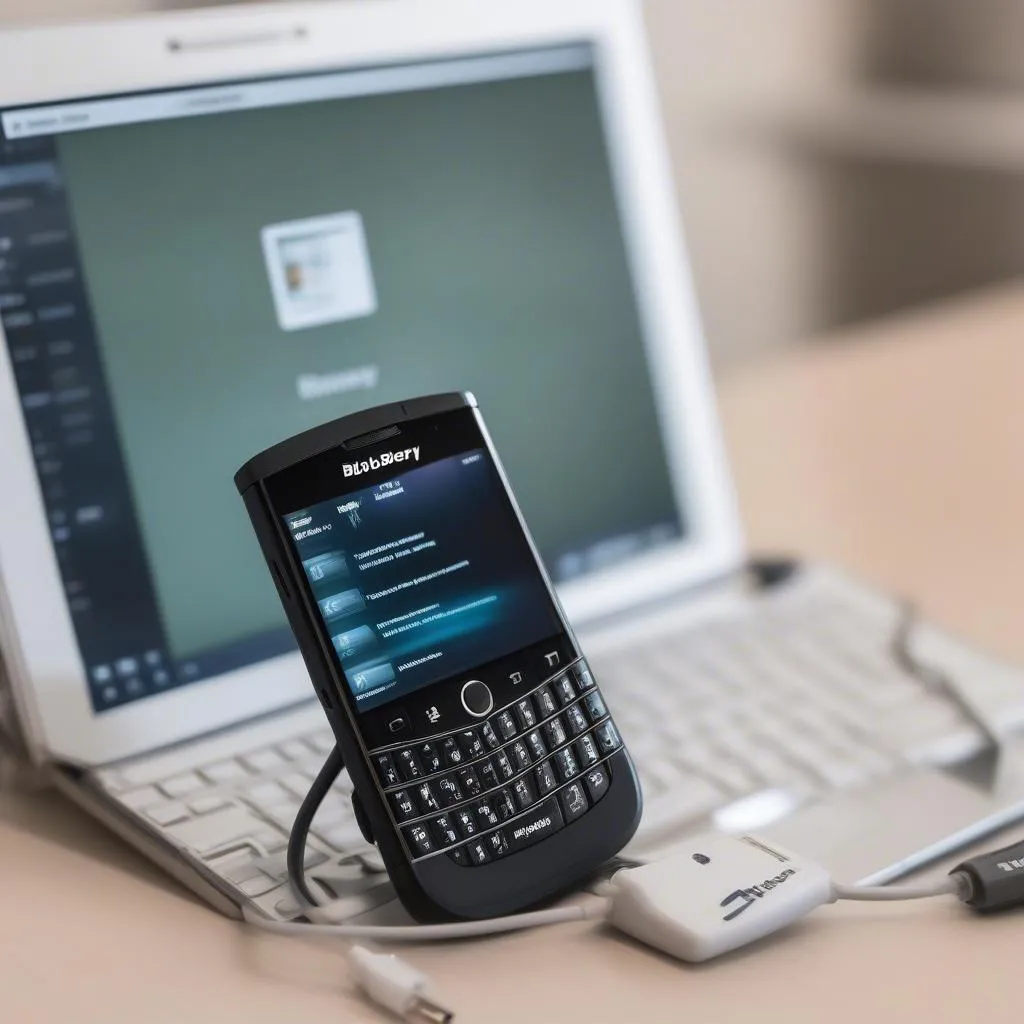A functioning car radio antenna is crucial for enjoying clear reception and an immersive audio experience on the road. Whether your antenna is damaged, missing, or you’re upgrading your audio system, knowing how to install a new one can save you a trip to the mechanic. This guide provides a step-by-step approach to installing a car radio antenna, empowering you with the knowledge to tackle this task confidently.
Understanding Your Car Antenna
Before diving into the installation process, it’s essential to familiarize yourself with the different types of car antennas and their placement.
Types of Car Antennas
- Mast Antenna: The most common type, often mounted on the roof or fender, offering good reception.
- Hidden Antenna: Integrated into the windshield or rear window glass, providing a sleek aesthetic but potentially weaker signal.
- Powered Antenna: Amplifies the radio signal for improved reception, often featuring a motorized mast.
Common Car Antenna Issues
Car antennas, regardless of type, can encounter issues such as:
- Physical damage: Bent or broken masts due to accidents or vandalism.
- Corrosion: Rust and wear over time, especially in harsh weather conditions.
- Loose connections: Vibration can loosen connections, affecting signal reception.
- Faulty antenna amplifier: Impacts powered antennas, leading to poor reception.
Diagnosing the Problem
Before replacing your antenna, ensure it’s the root cause of your reception issues. Check for:
- Visible damage: Inspect the antenna mast for any bends, breaks, or corrosion.
- Loose connections: Examine the antenna cable connections at both the radio and antenna ends.
- Radio settings: Verify that your radio is tuned correctly and not experiencing internal faults.
Using Diagnostic Software
In modern vehicles, diagnostic software like those offered by Cardiagtech can help pinpoint antenna or radio system issues. These tools can read fault codes, analyze live data streams, and provide valuable insights for troubleshooting.
Tools and Materials
Gather the necessary tools and materials:
- New antenna
- Wrench or socket set
- Screwdrivers (Phillips and flathead)
- Panel removal tools
- Electrical tape
- Wire strippers (if splicing wires)
- Gloves (optional)
 Car radio antenna installation tools
Car radio antenna installation tools
Installation Steps
1. Disconnect the Battery: Before working on any electrical components, disconnect the negative (black) terminal of your car battery as a safety precaution.
2. Access the Antenna: Depending on your car model, the antenna might be mounted on the roof, fender, or internally. Consult your vehicle’s manual for specific instructions on accessing the antenna assembly.
3. Remove the Old Antenna:
- Mast Antenna: Loosen the antenna base nut with a wrench and carefully unscrew the mast.
- Hidden or Internal Antenna: Remove the interior trim panels to access the antenna connections.
4. Install the New Antenna:
- Mast Antenna: Feed the new antenna cable through the mounting hole, hand-tighten the base nut, and then tighten it securely with a wrench. Connect the antenna cable to the radio.
- Hidden or Internal Antenna: Connect the new antenna cable according to the instructions, ensuring proper alignment and secure connections. Reinstall any trim panels removed.
 Installing a new car radio antenna
Installing a new car radio antenna
5. Reconnect the Battery: Reconnect the negative battery terminal.
6. Test the Reception: Turn on your radio and tune to different stations to verify the antenna is functioning correctly.
FAQs:
Can I Install an Antenna Myself?
Yes, installing a car radio antenna is a manageable DIY project with basic tools and this guide. However, if you are uncomfortable working with car electronics, seeking professional assistance is recommended.
How Do I Improve My Car Radio Reception?
Several factors can impact reception, including antenna type, location, and potential interference sources. Consider using a signal booster or upgrading to a higher-quality antenna for improved performance.
What is a Car Antenna Adapter?
An adapter is used when the antenna connection on your vehicle is different from the connection on your aftermarket radio.
Conclusion
Installing a car radio antenna is a rewarding task that can enhance your audio experience on the road. By following these steps and using the right tools, you can confidently tackle this project. If you’re looking for advanced diagnostics or specialized tools for your automotive needs, explore the offerings from CARDIAGTECH for professional-grade solutions.


